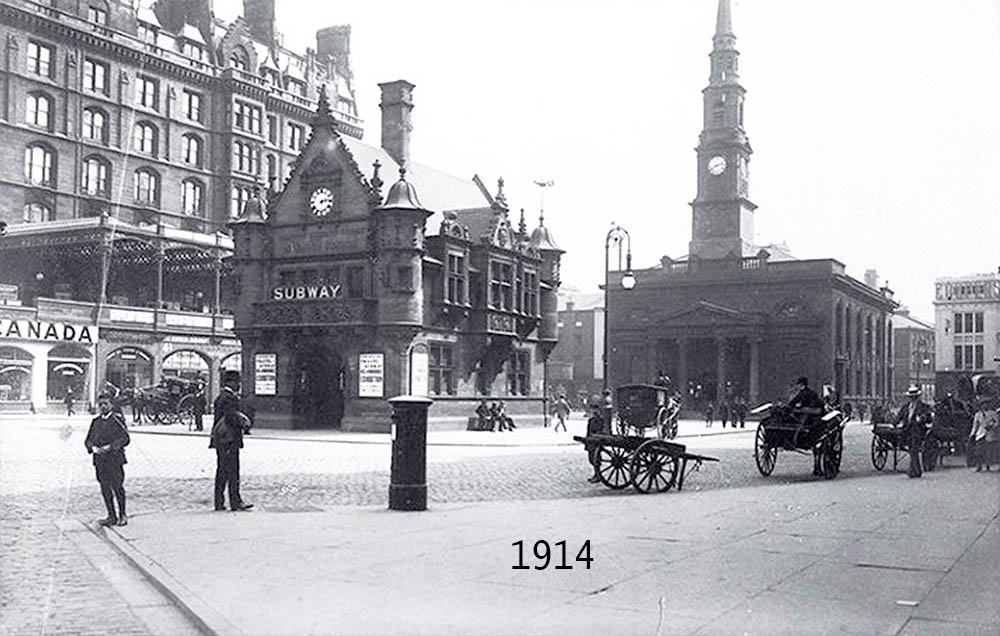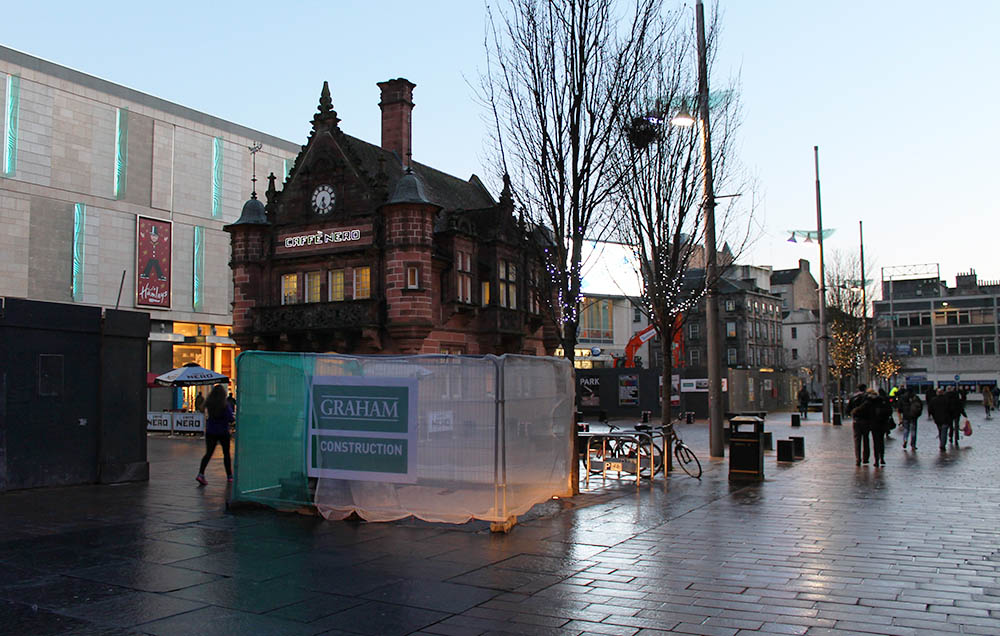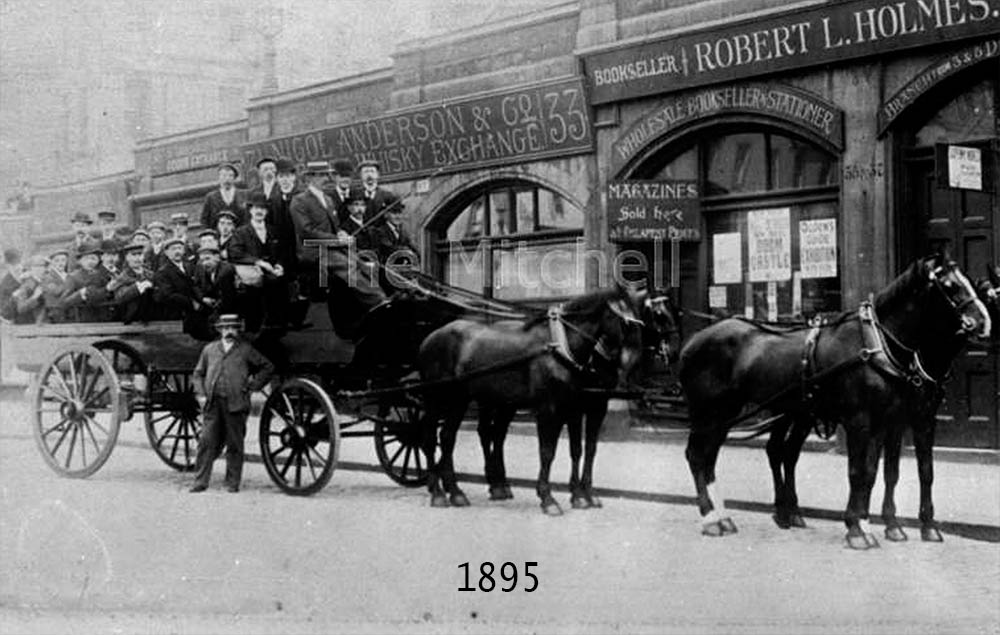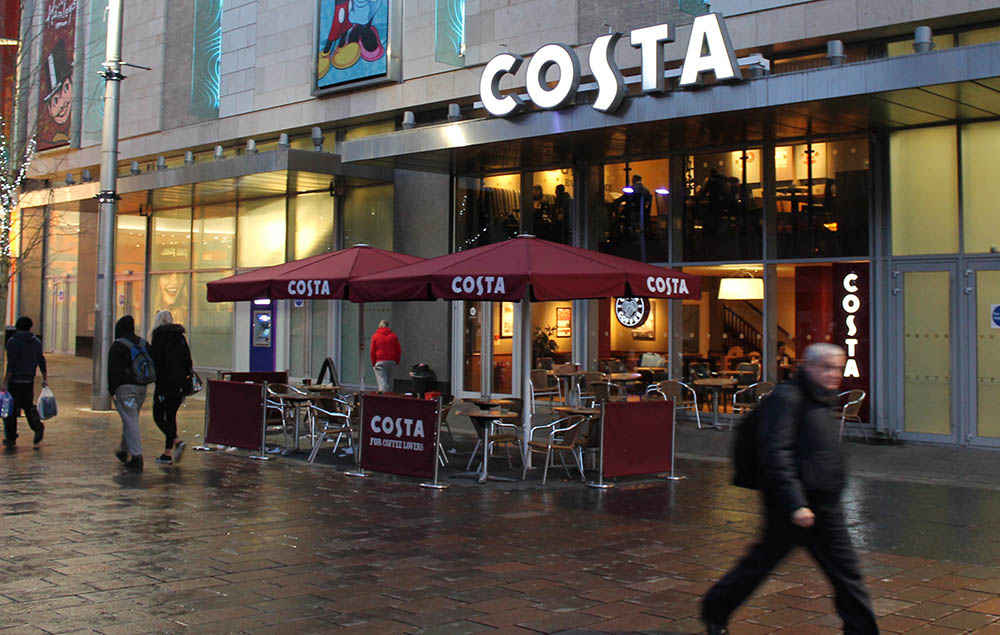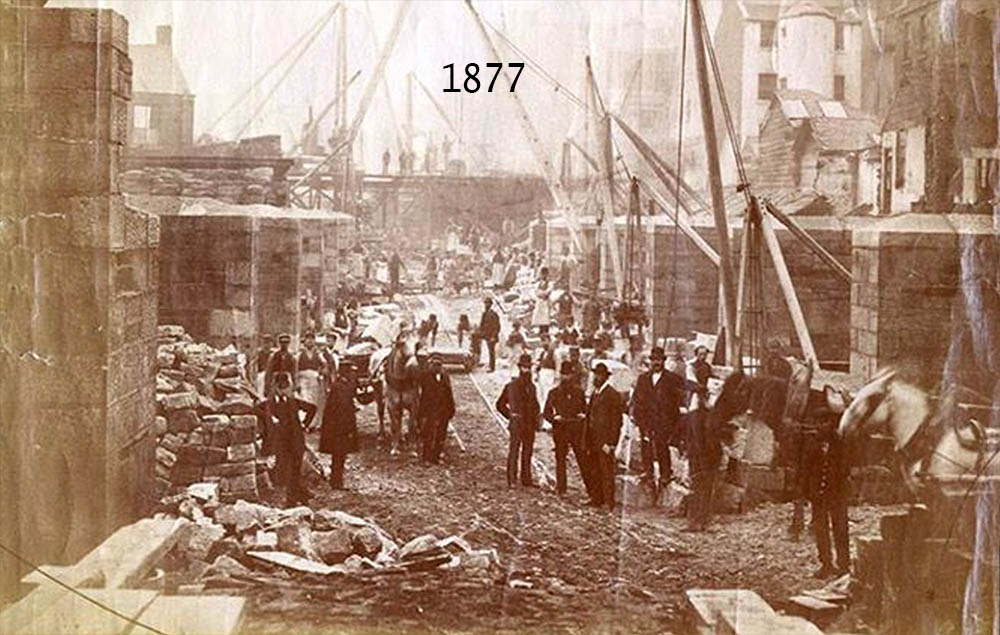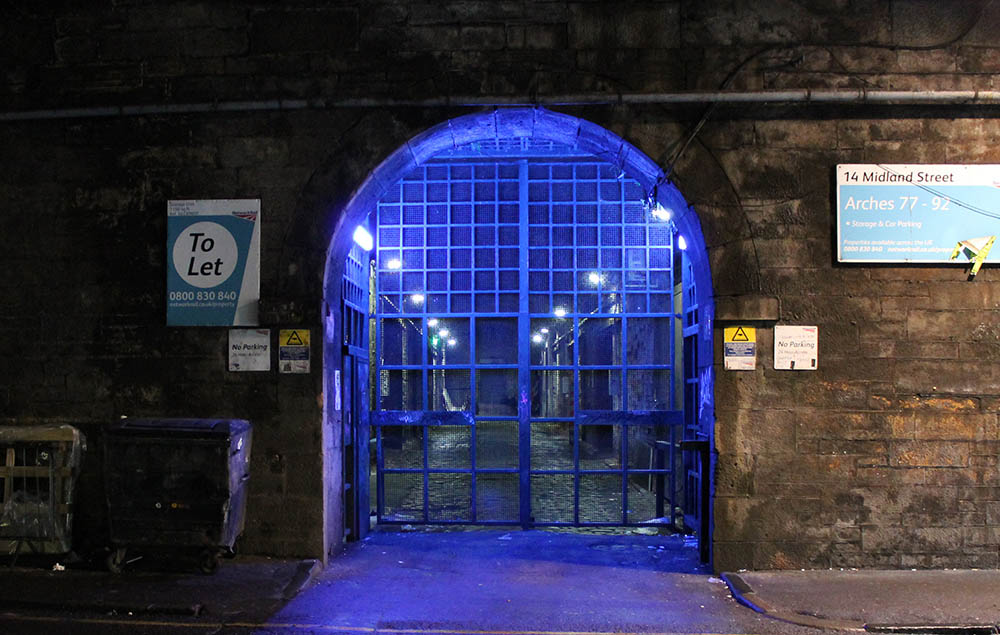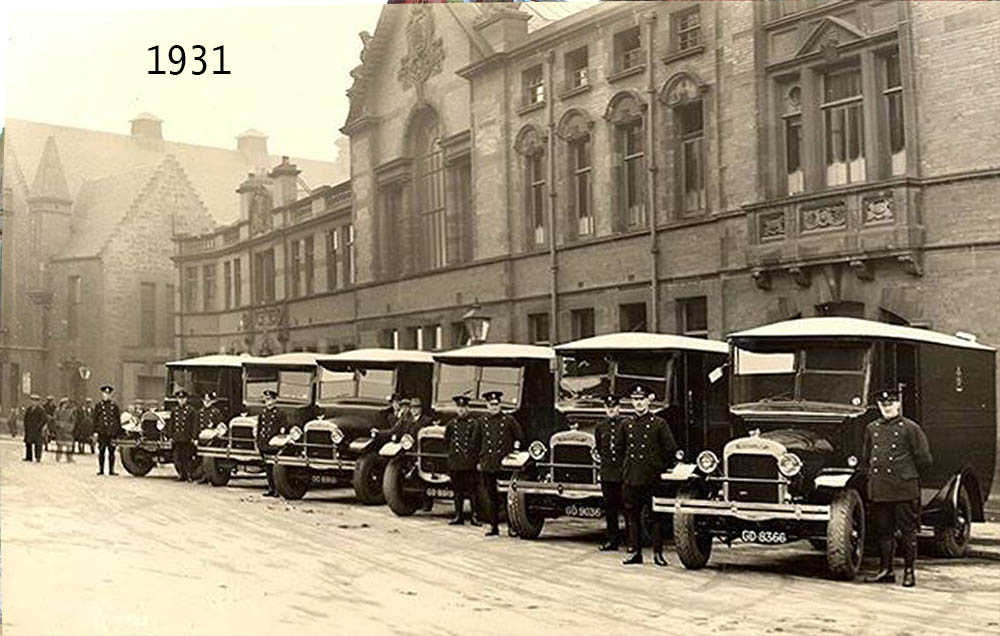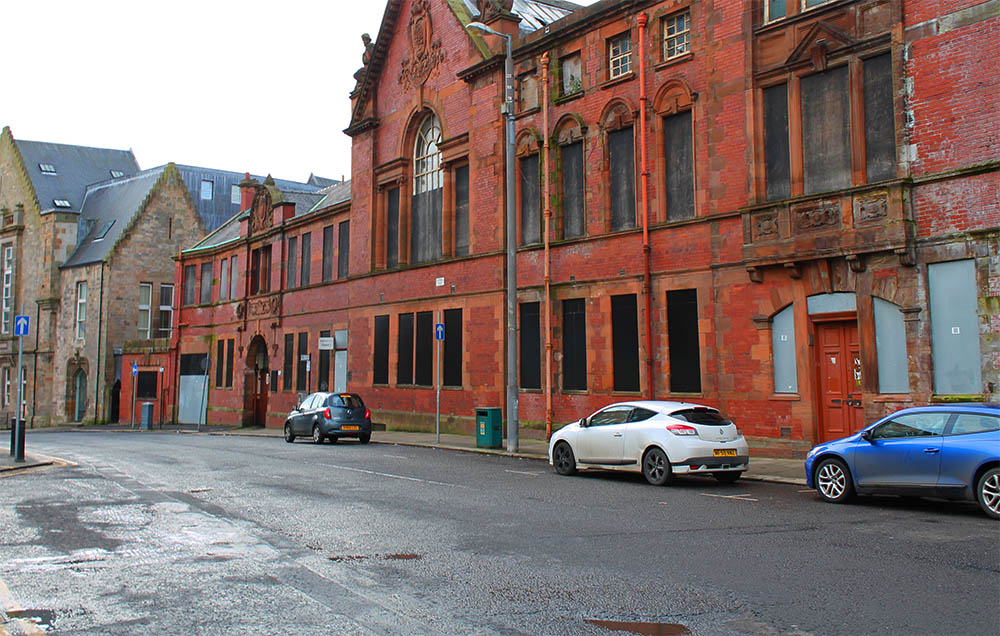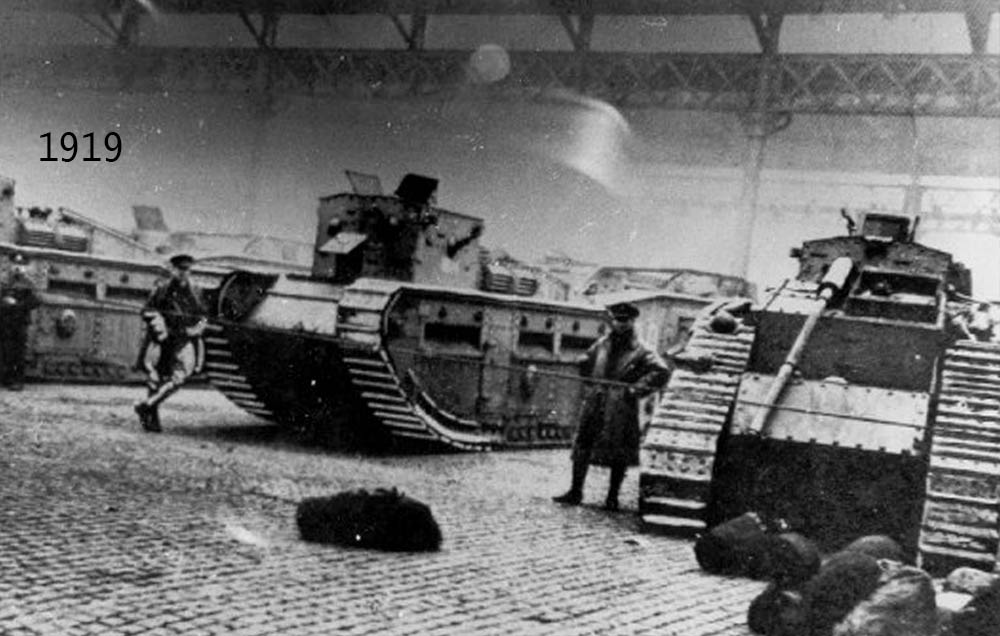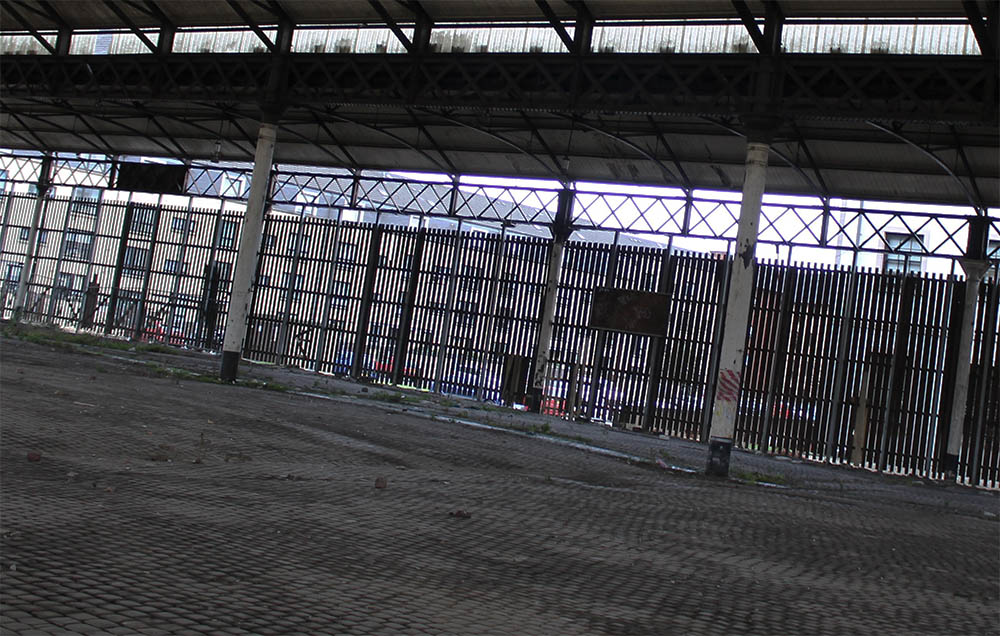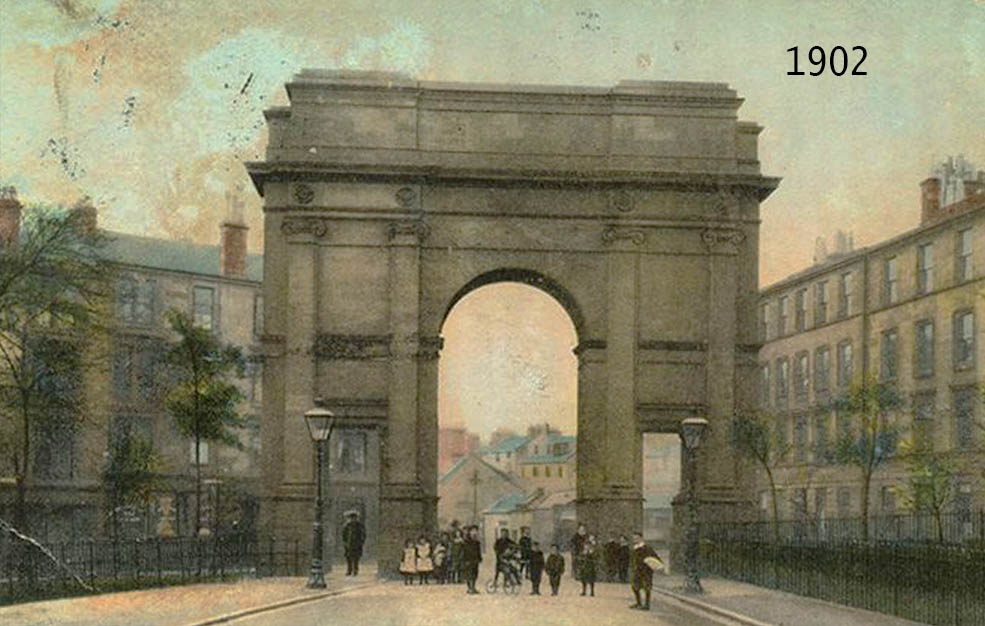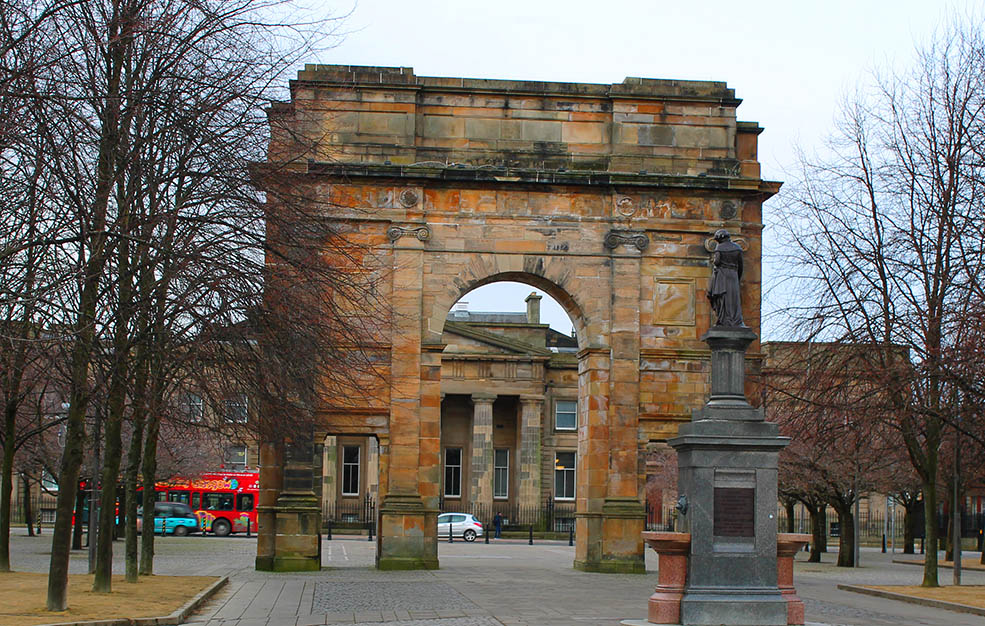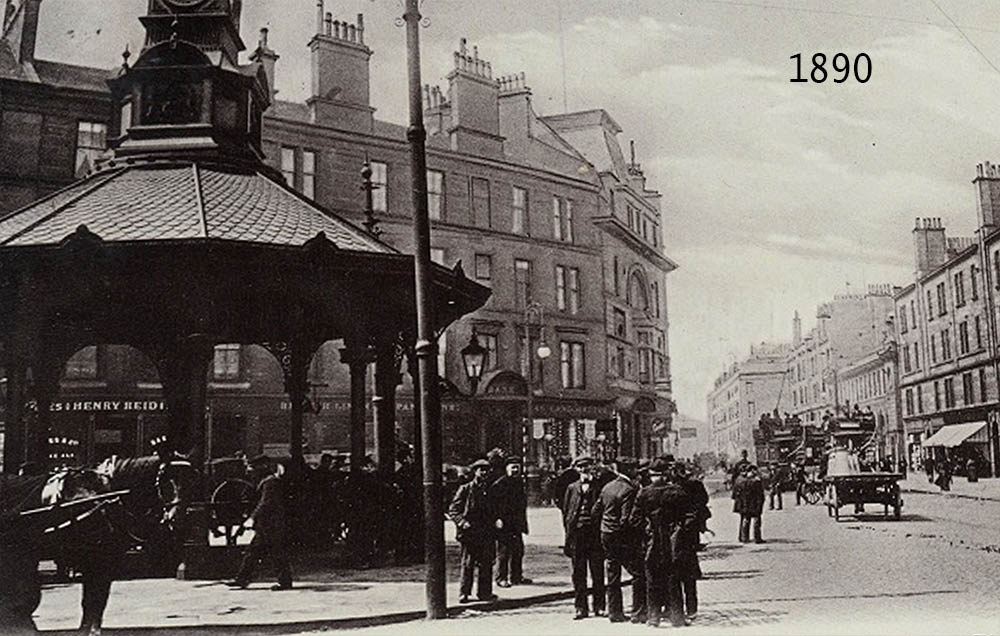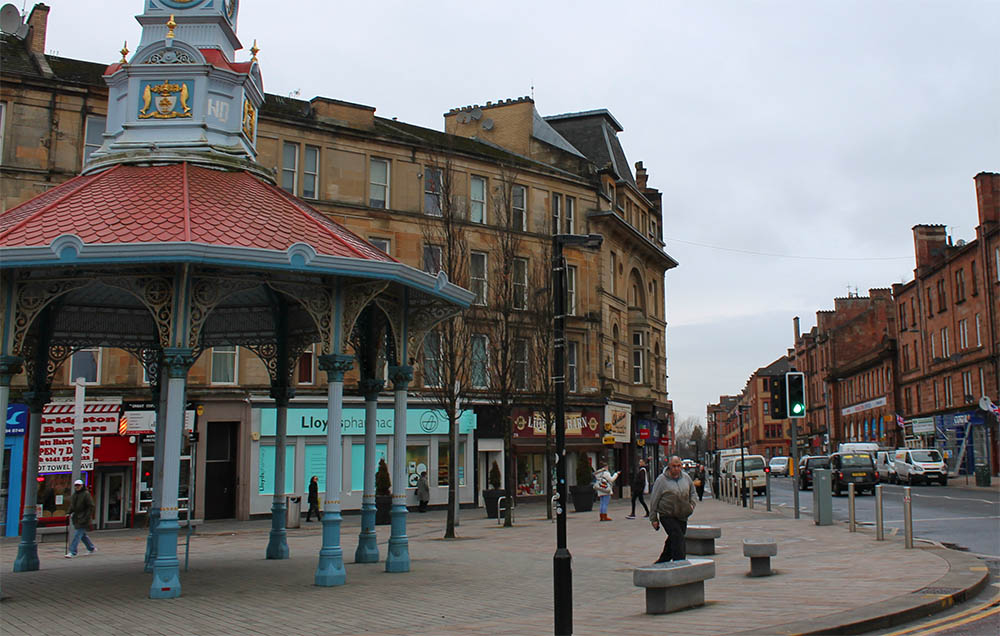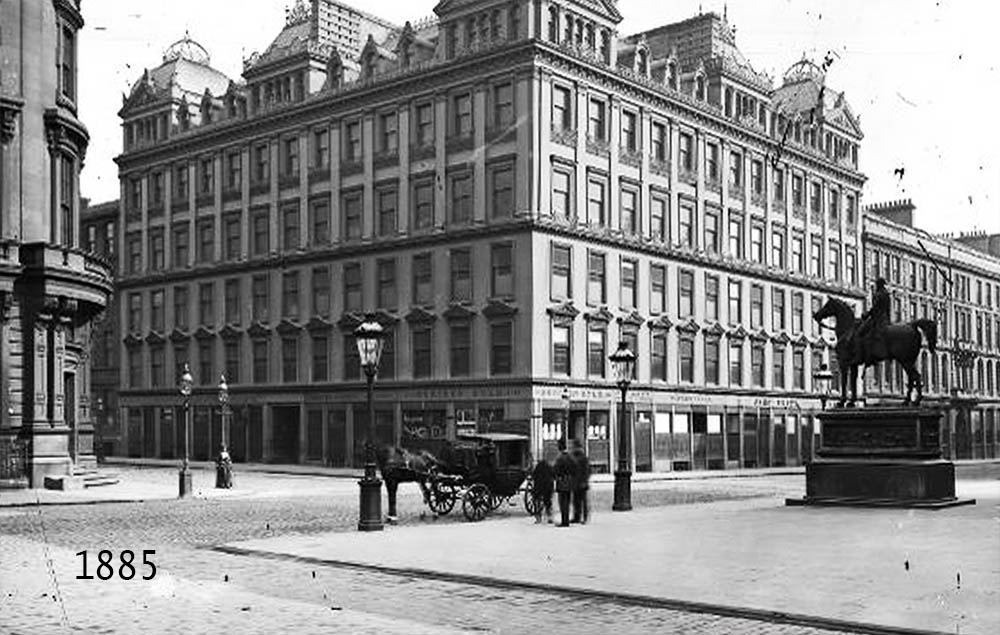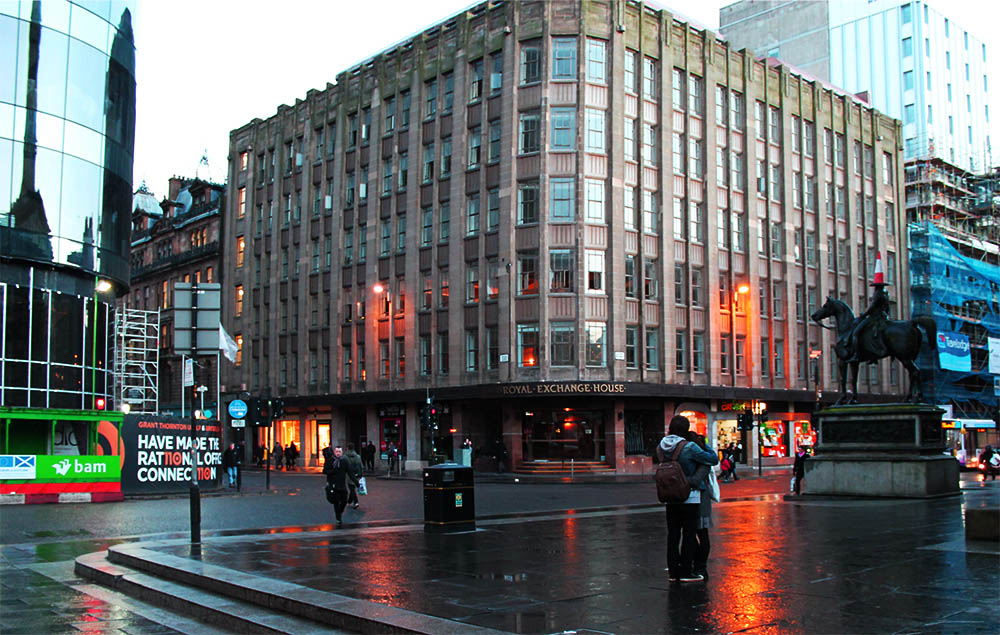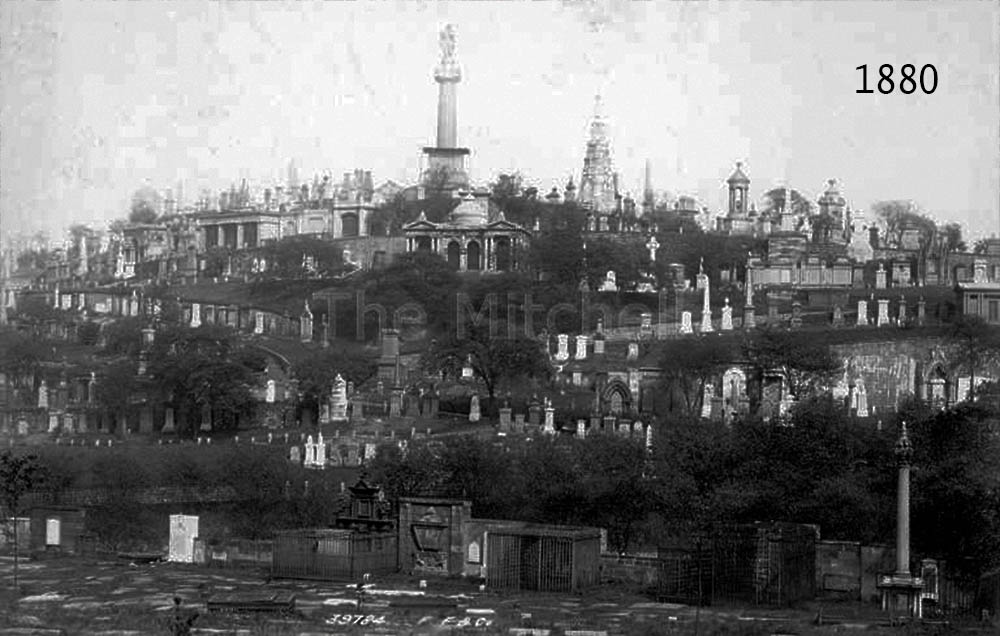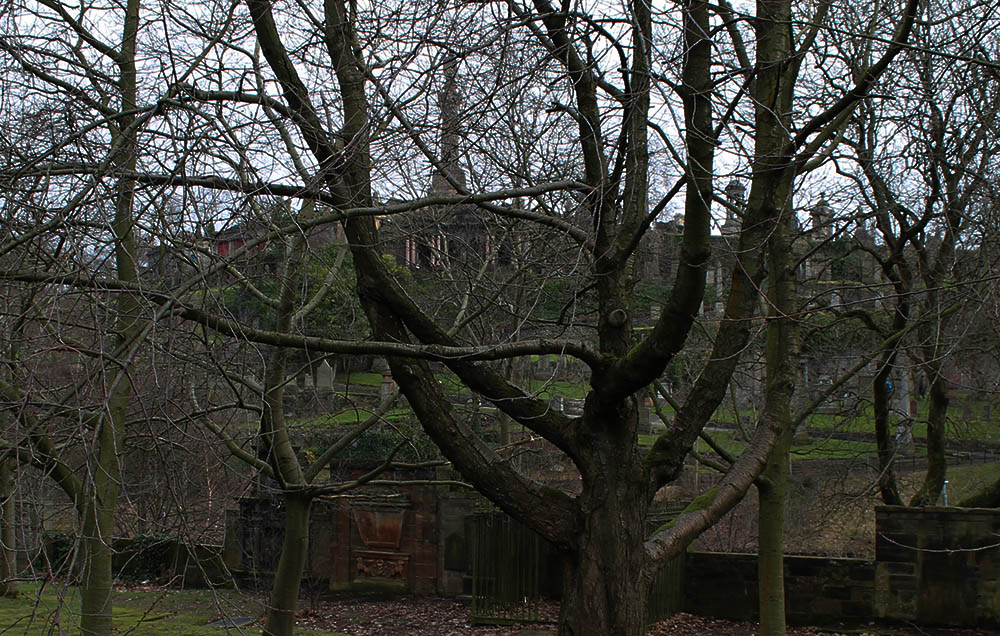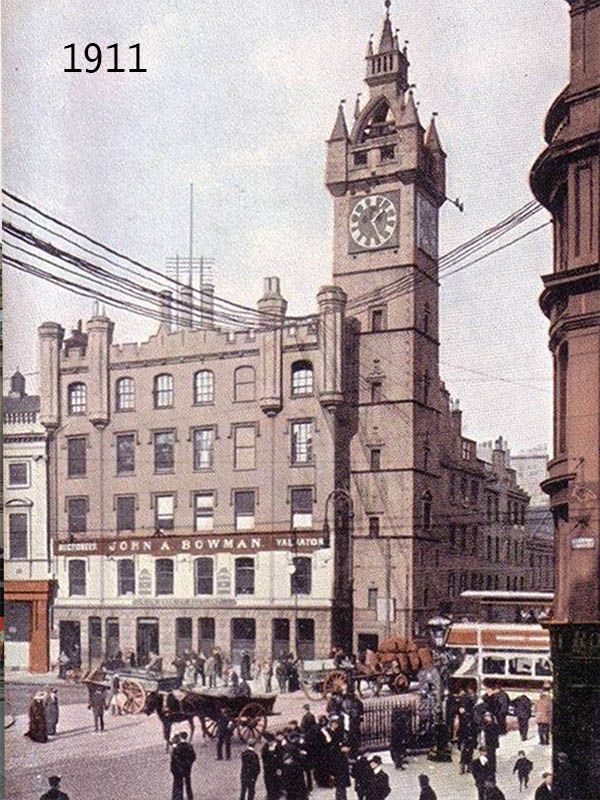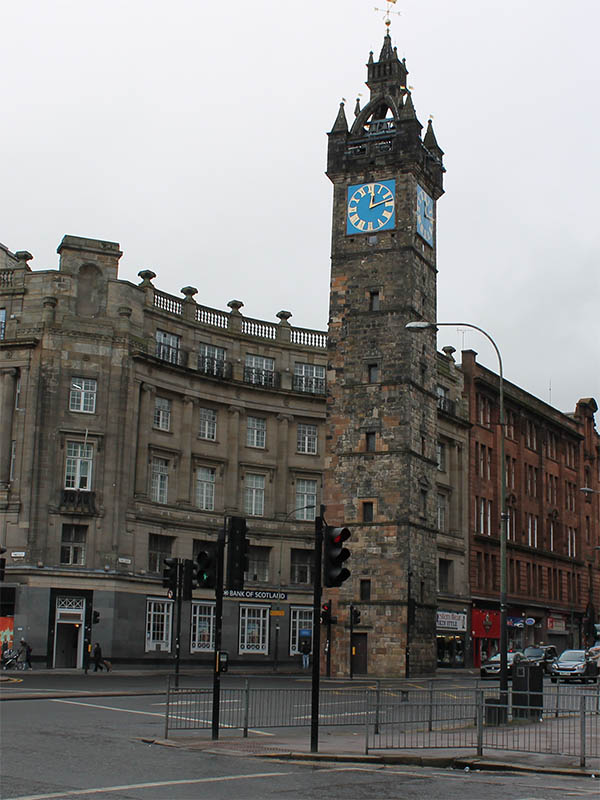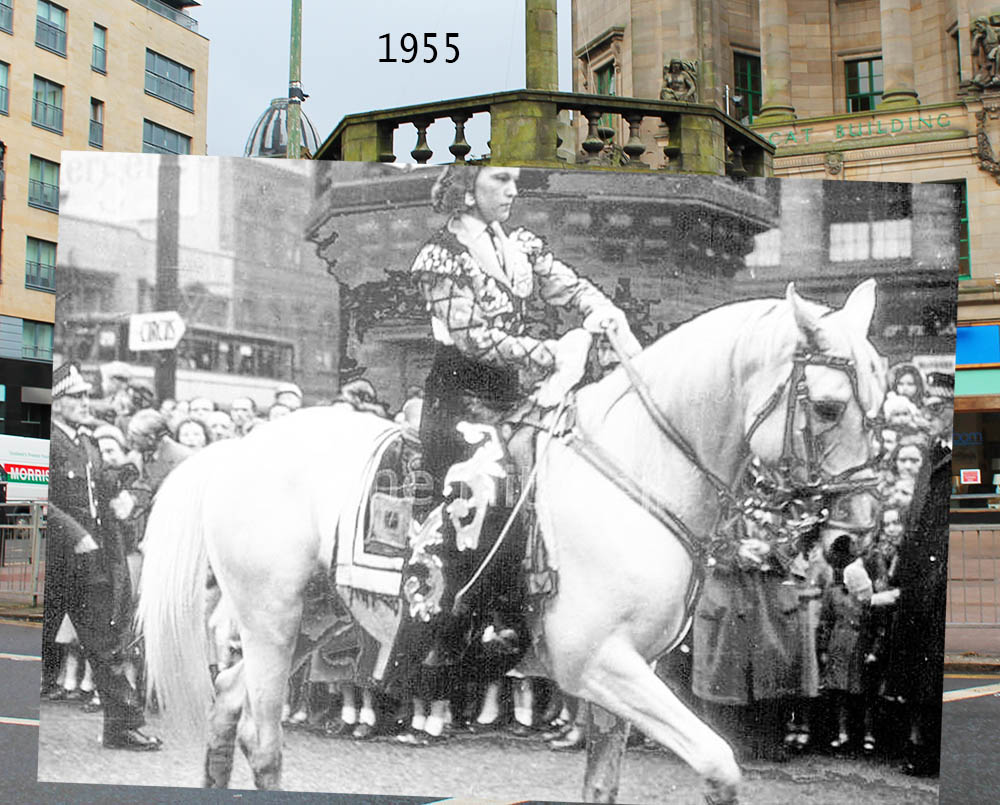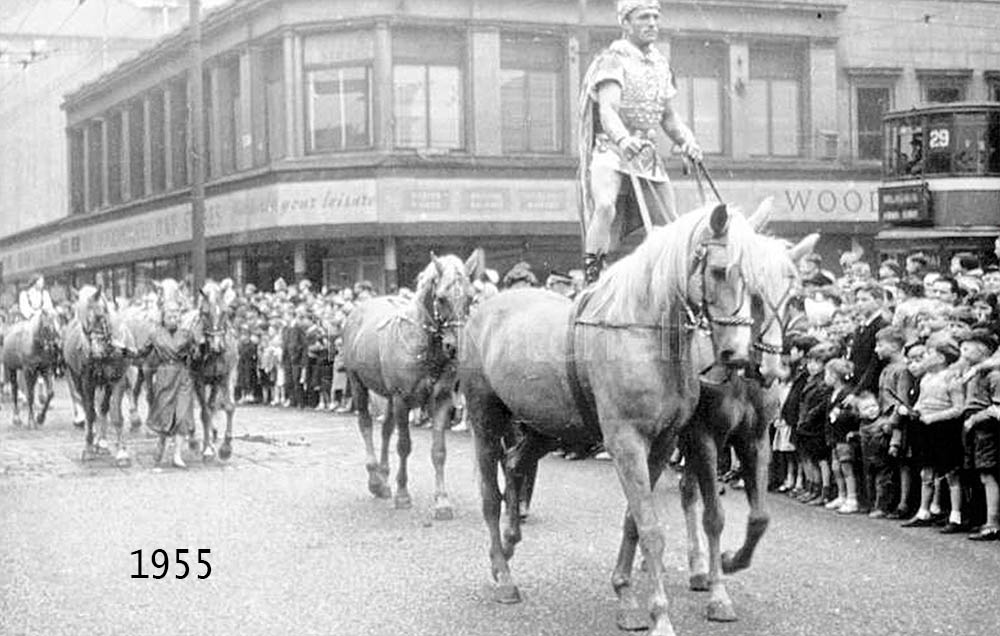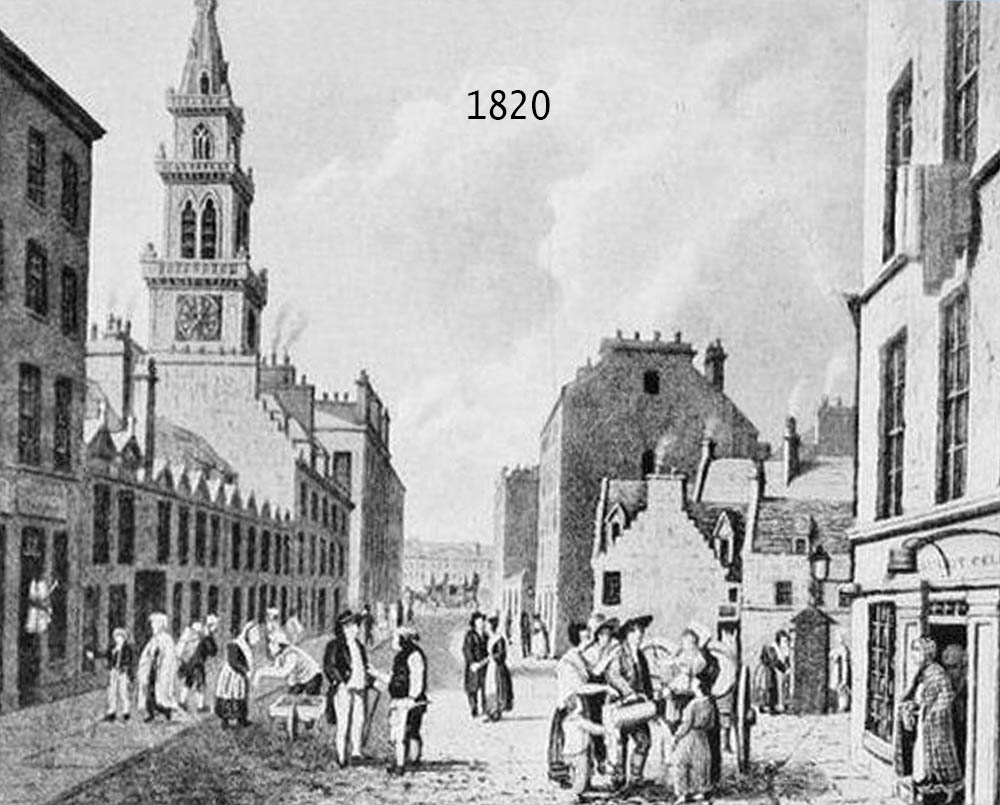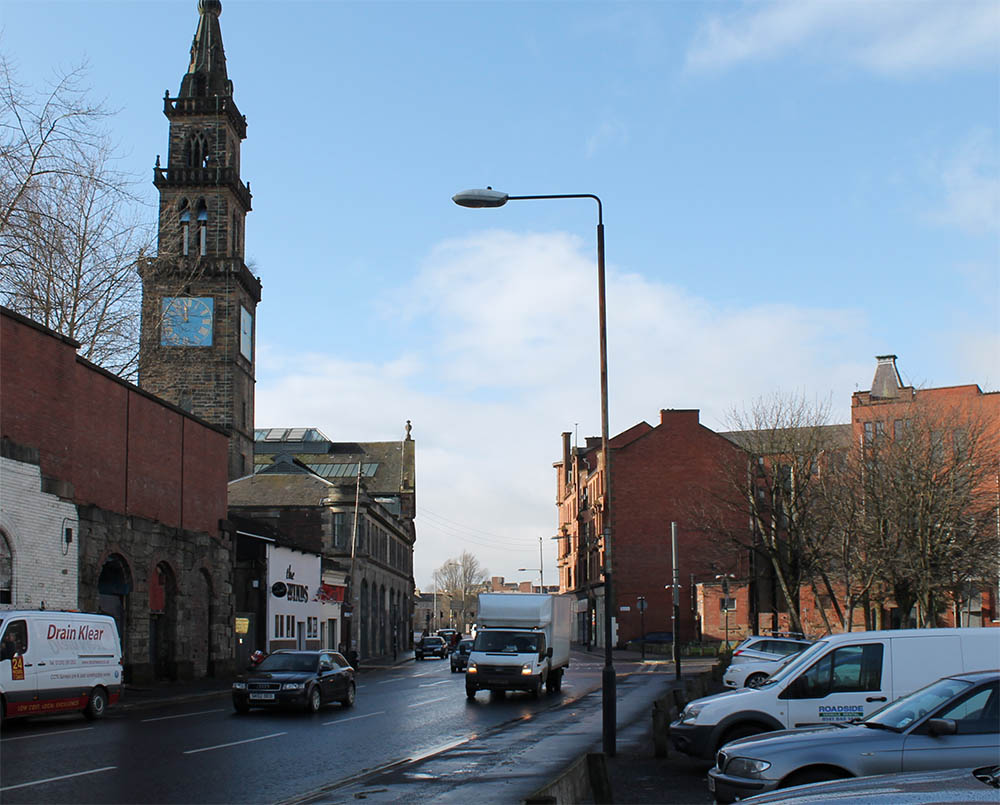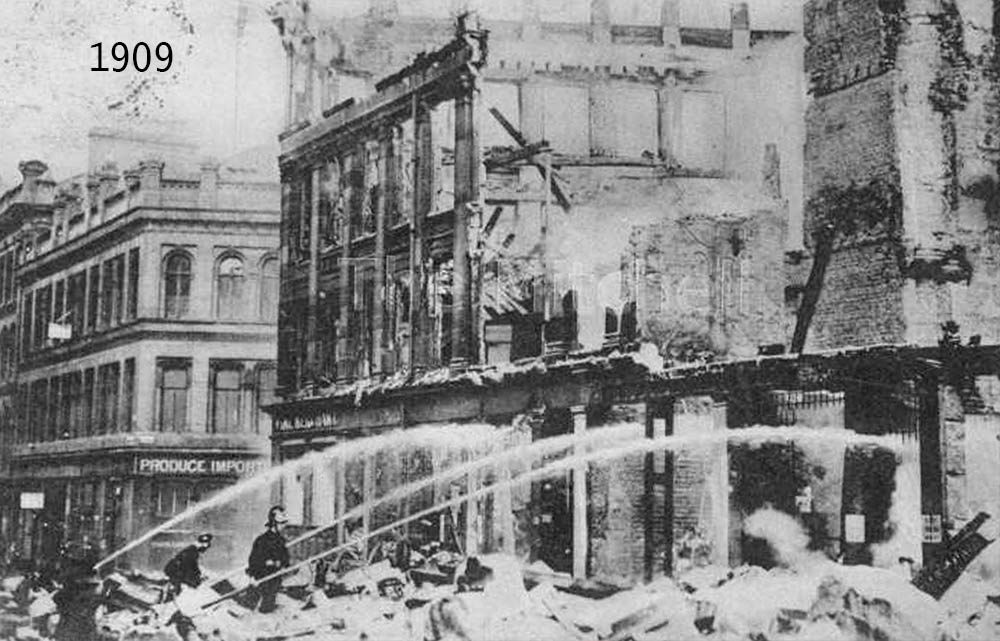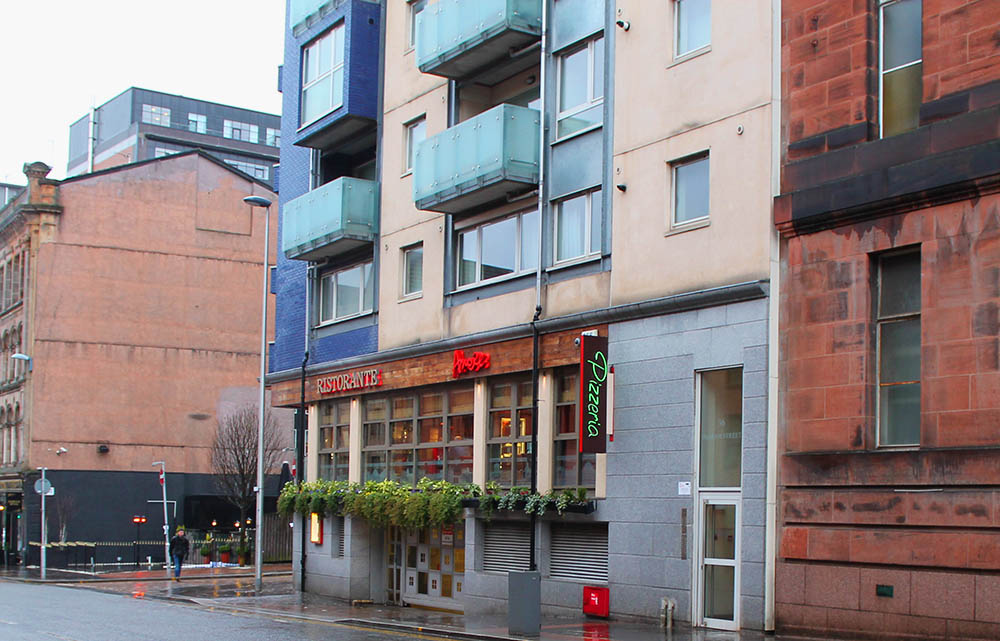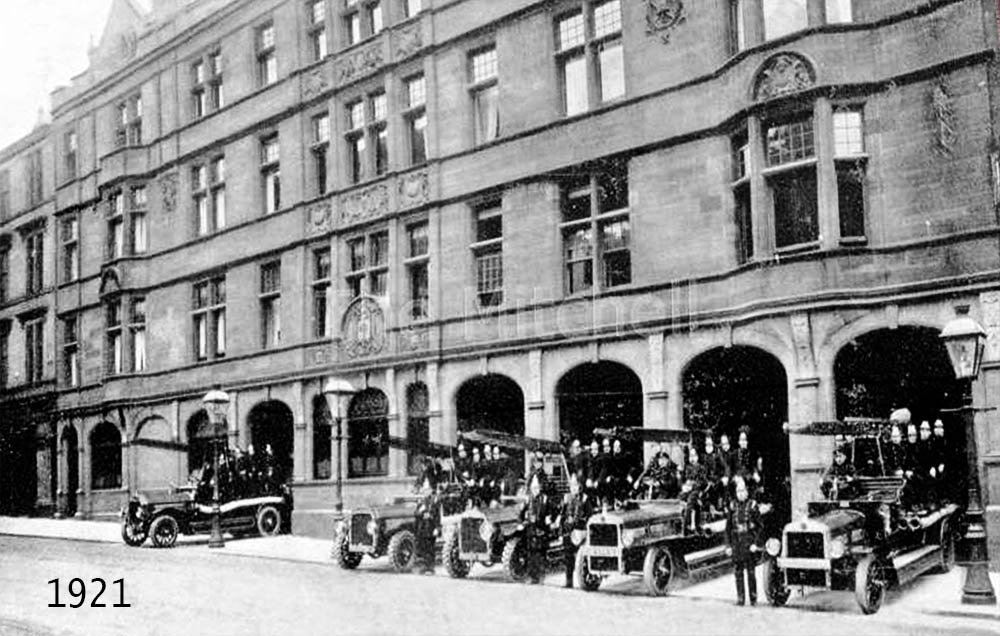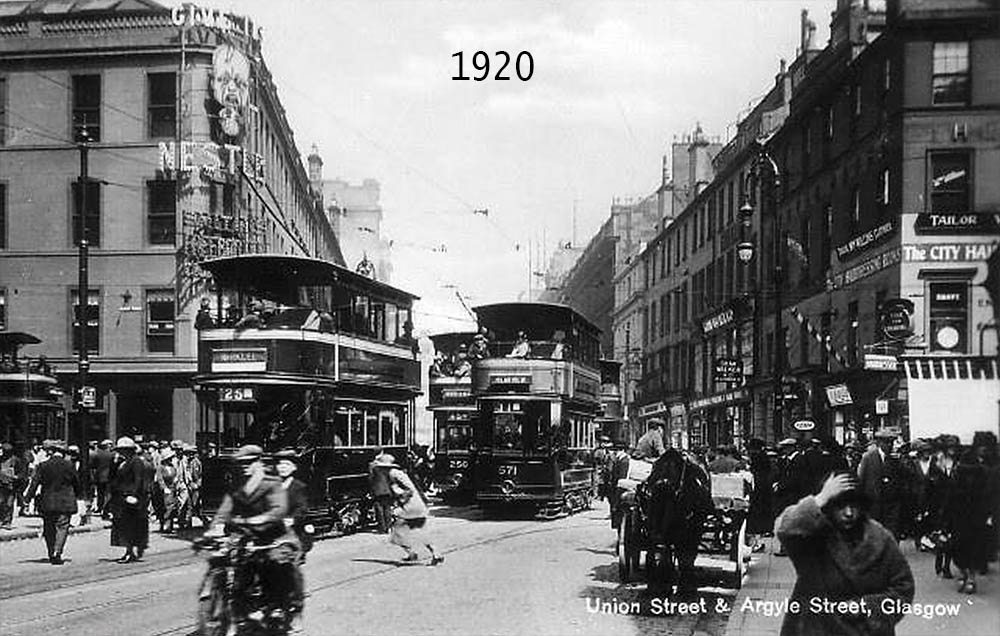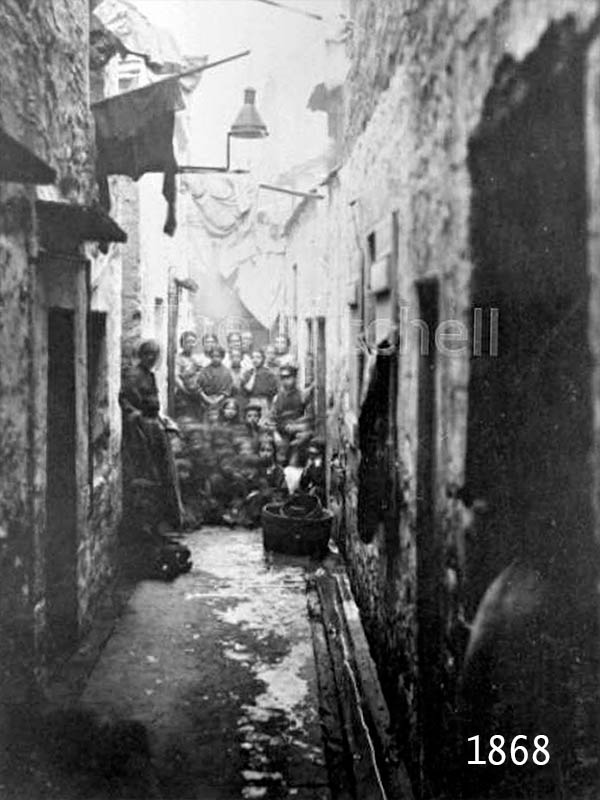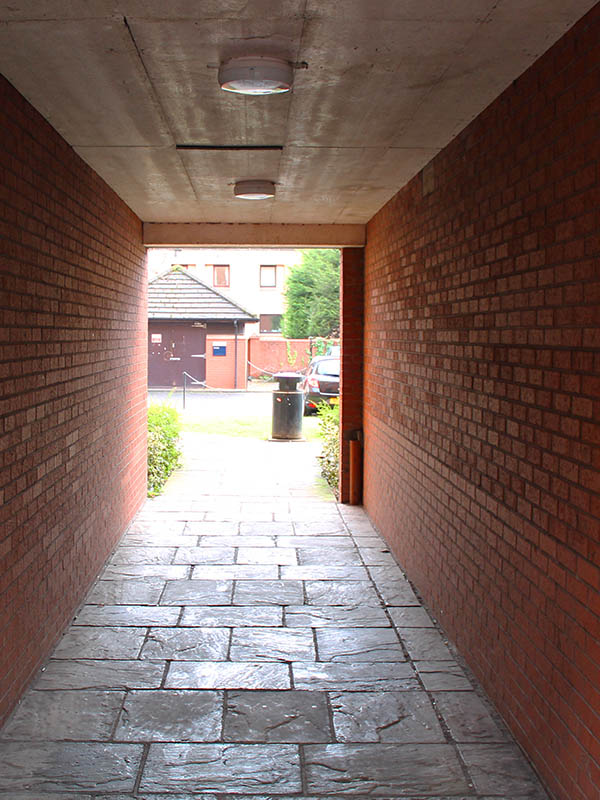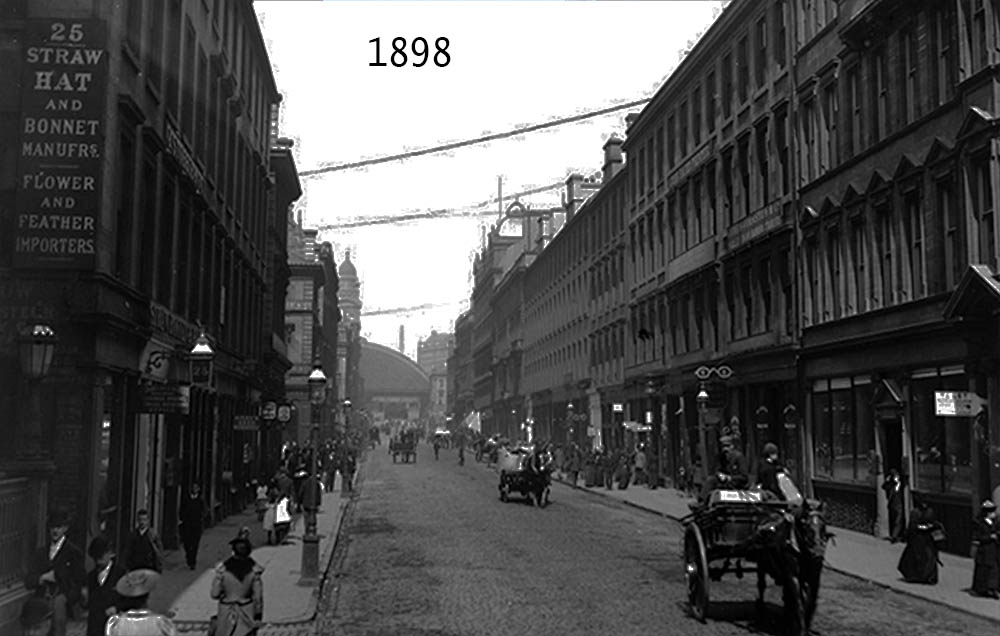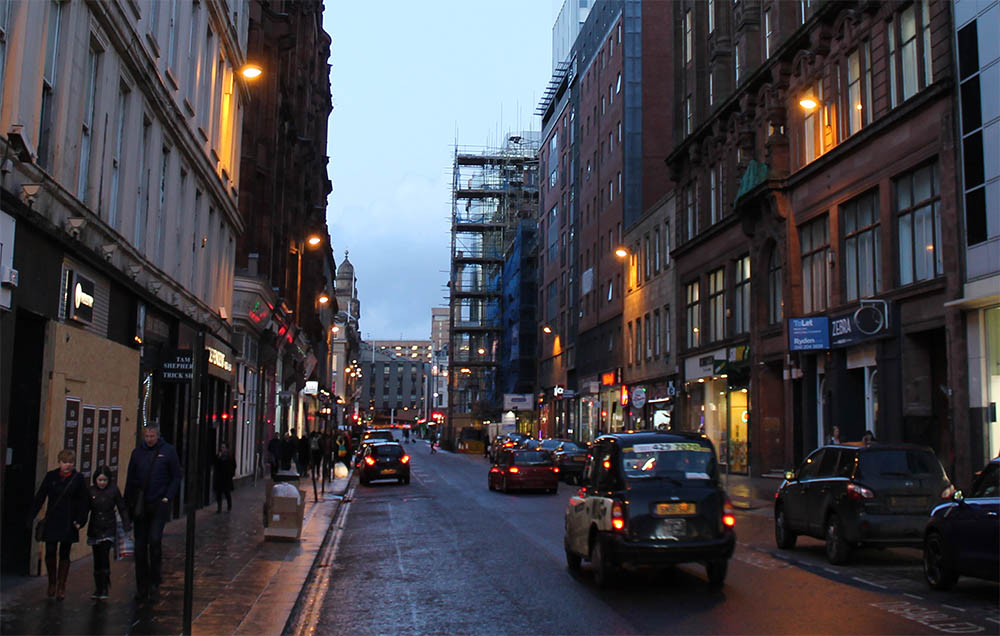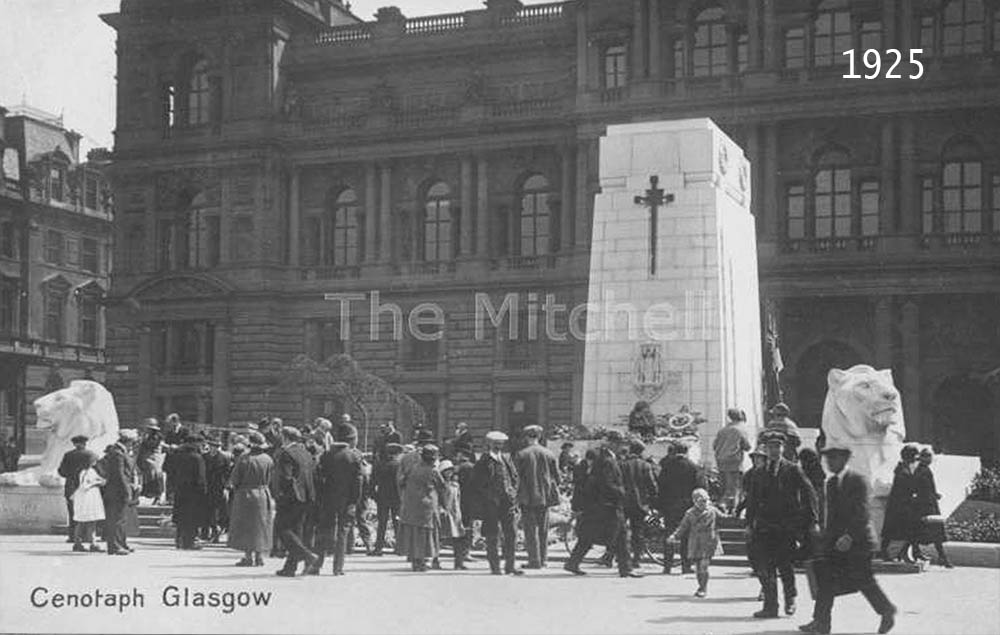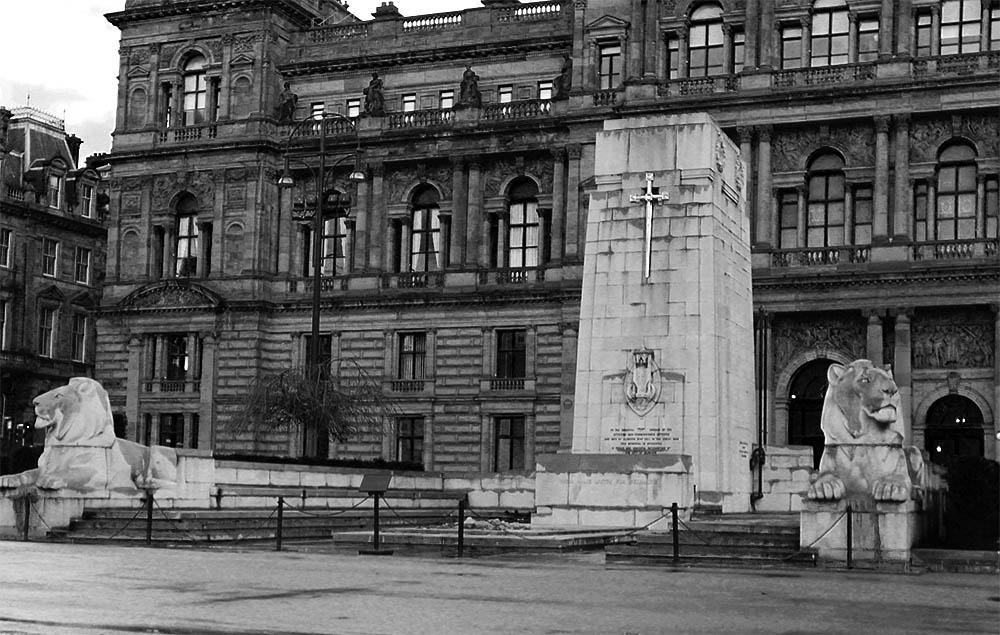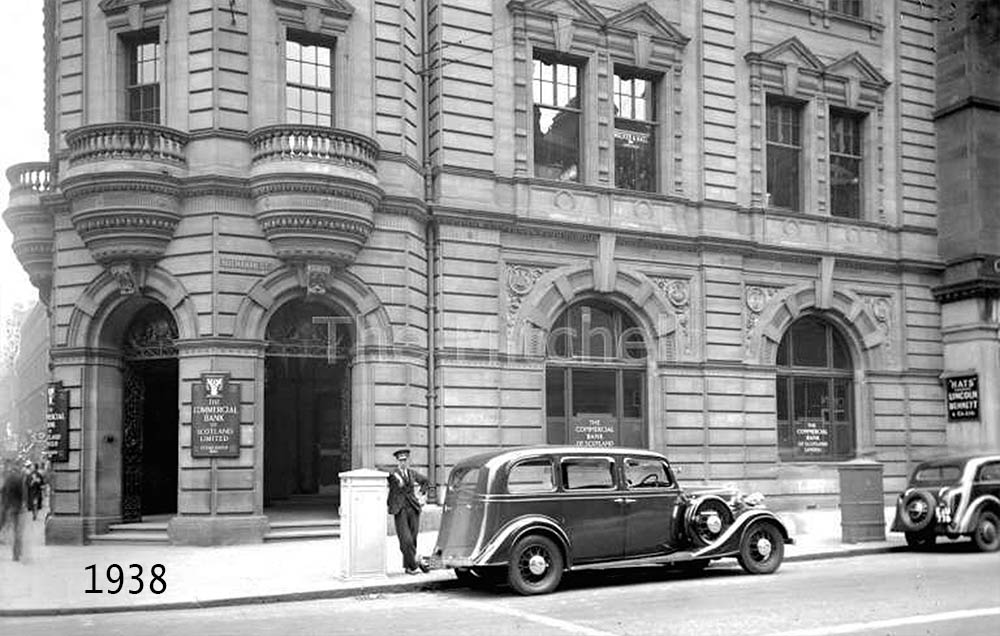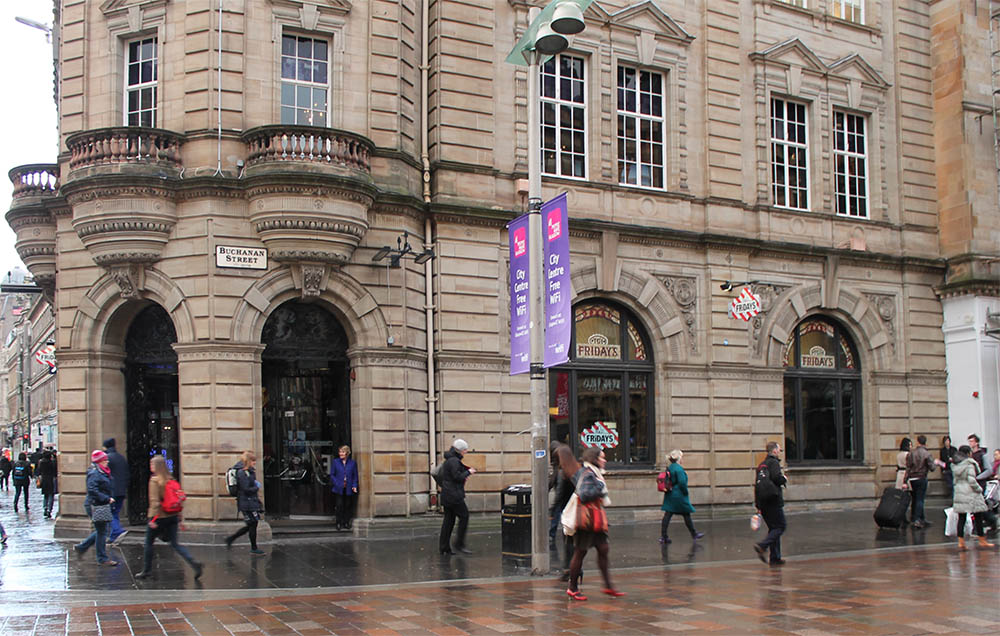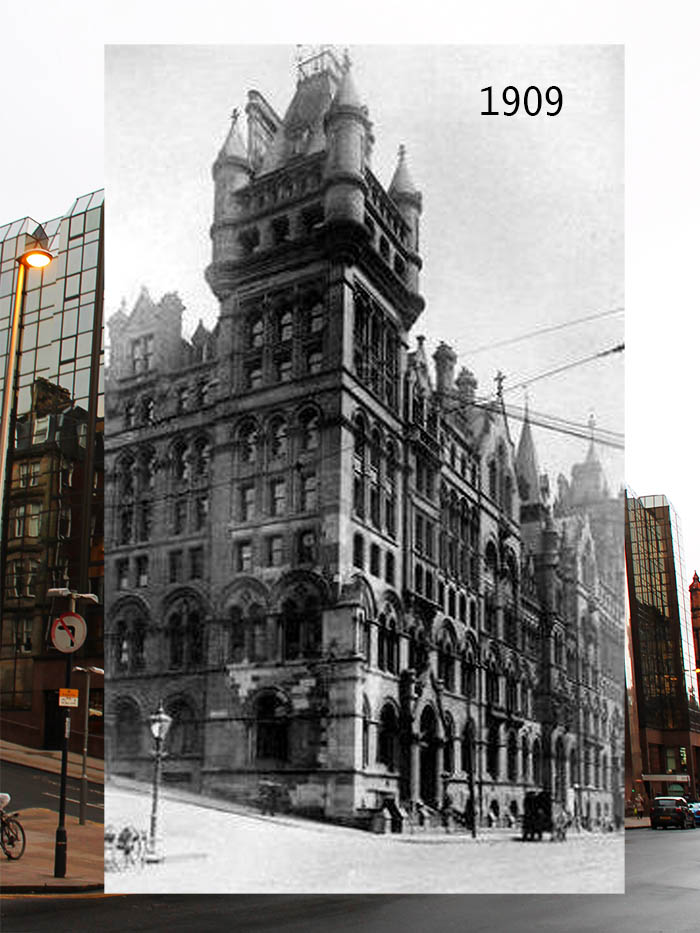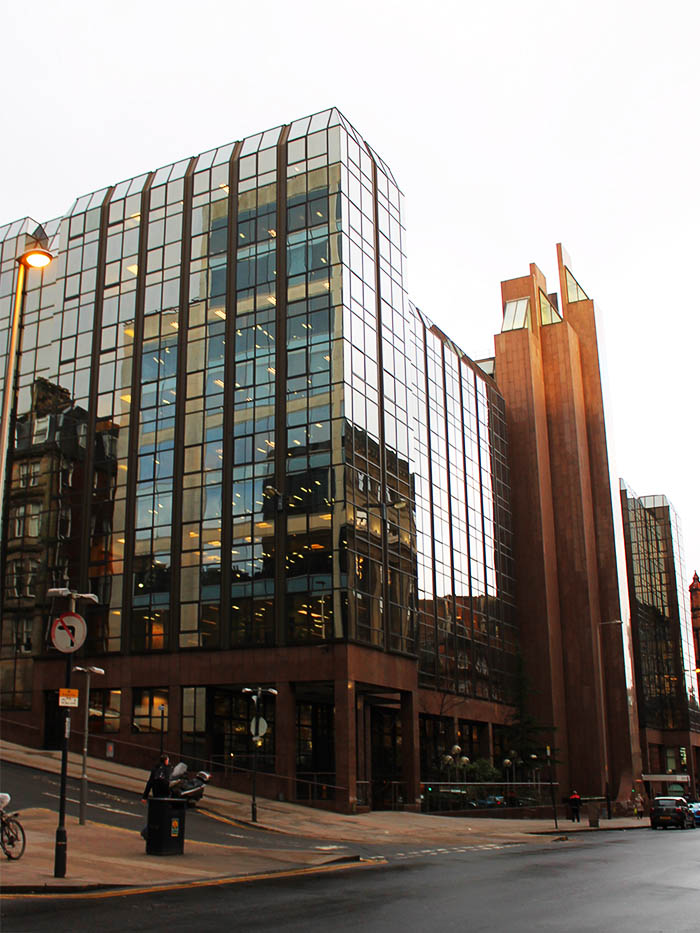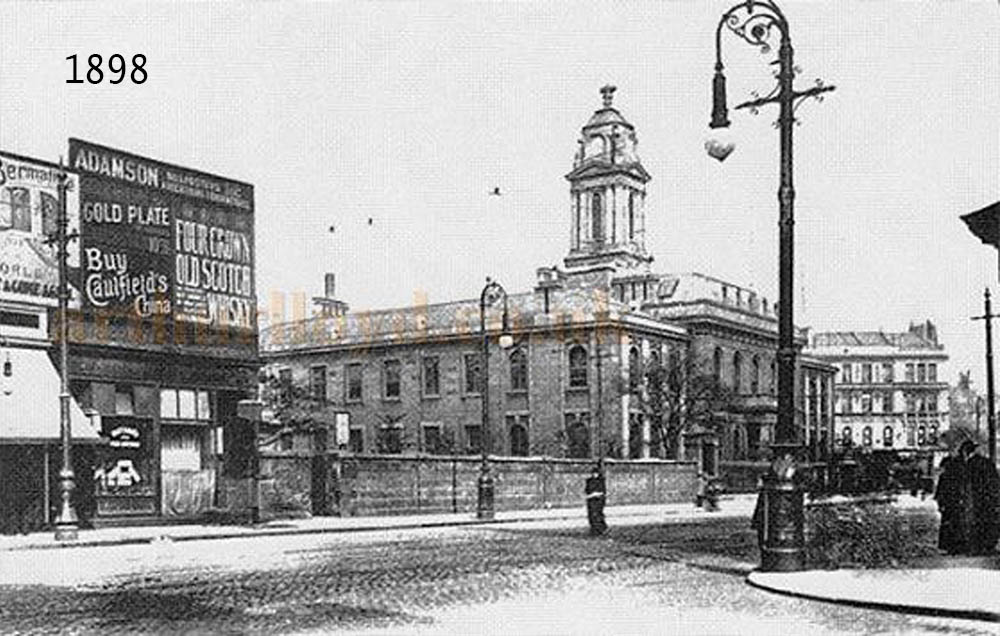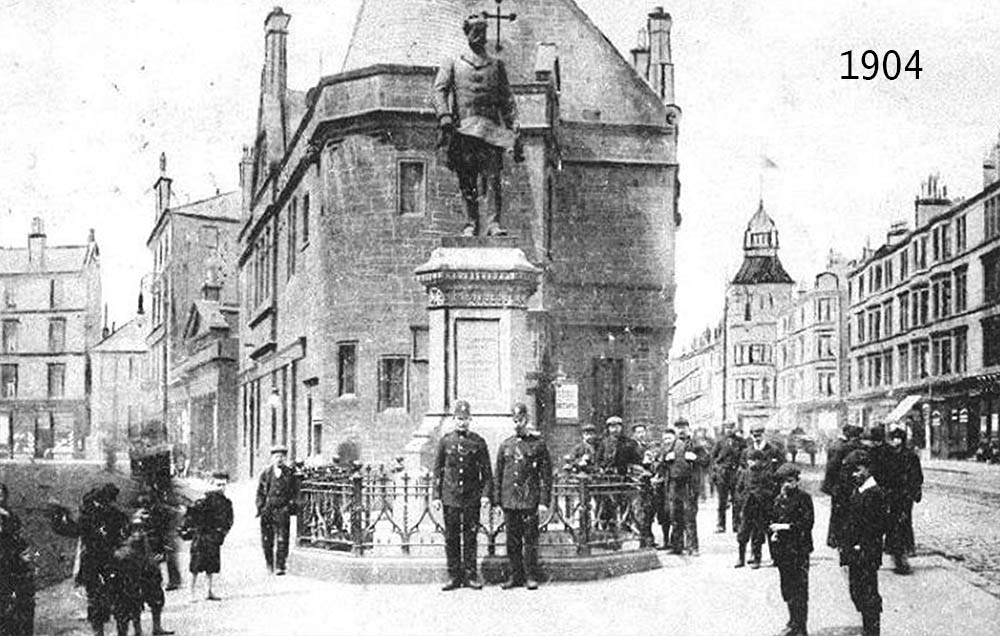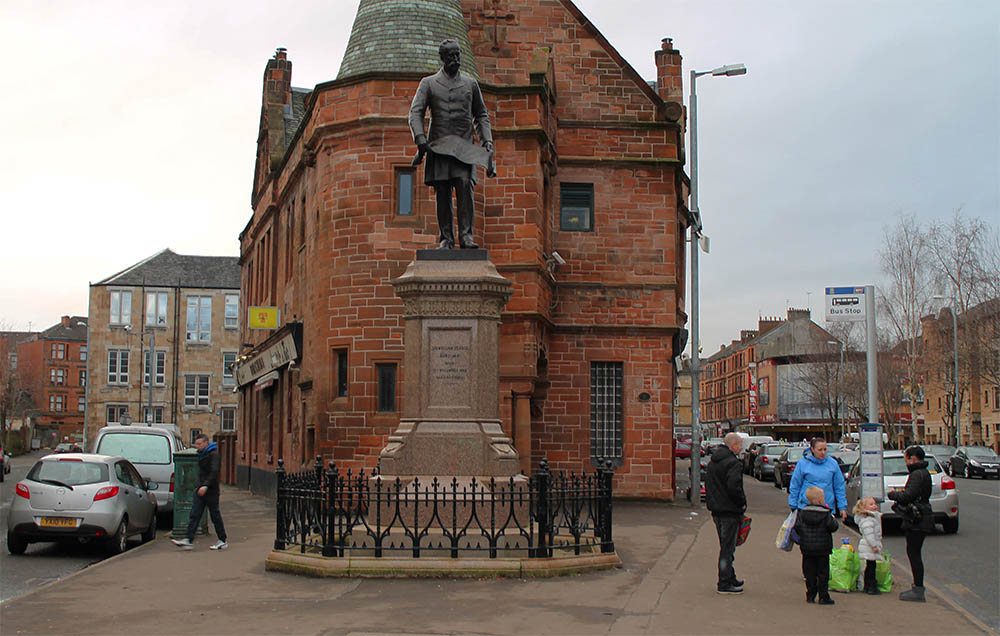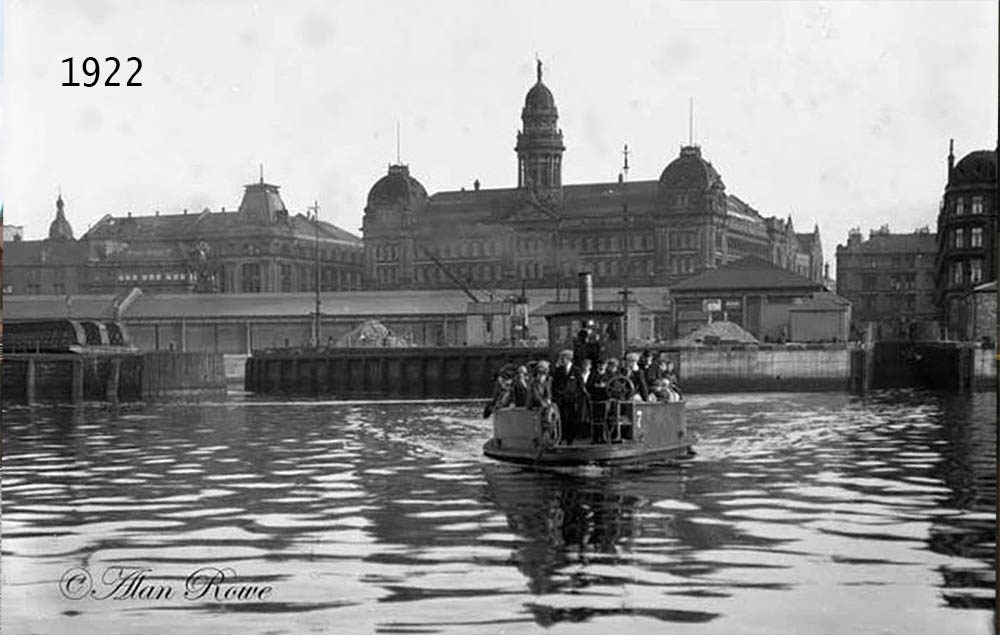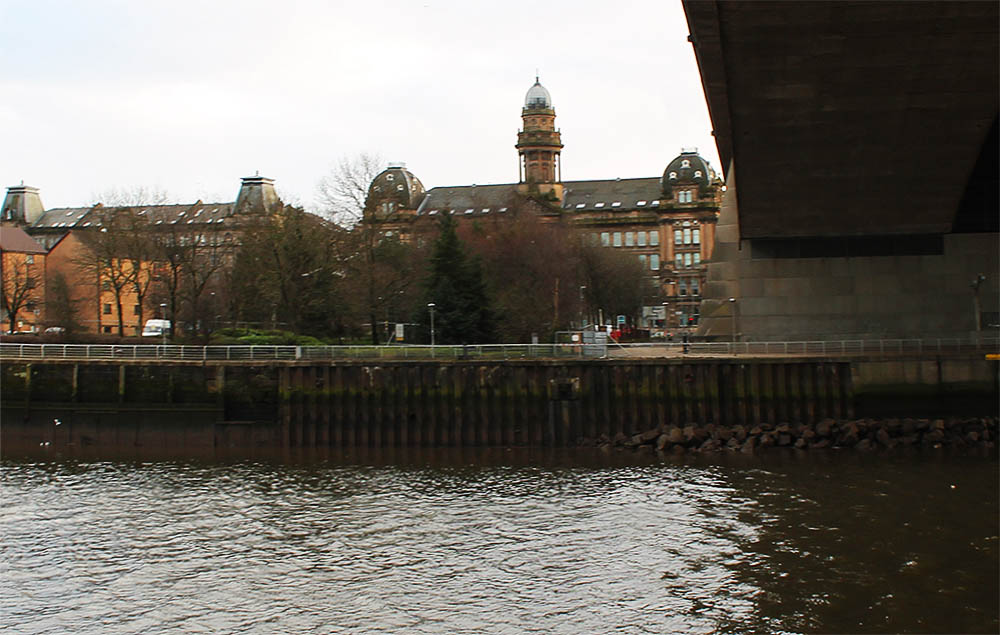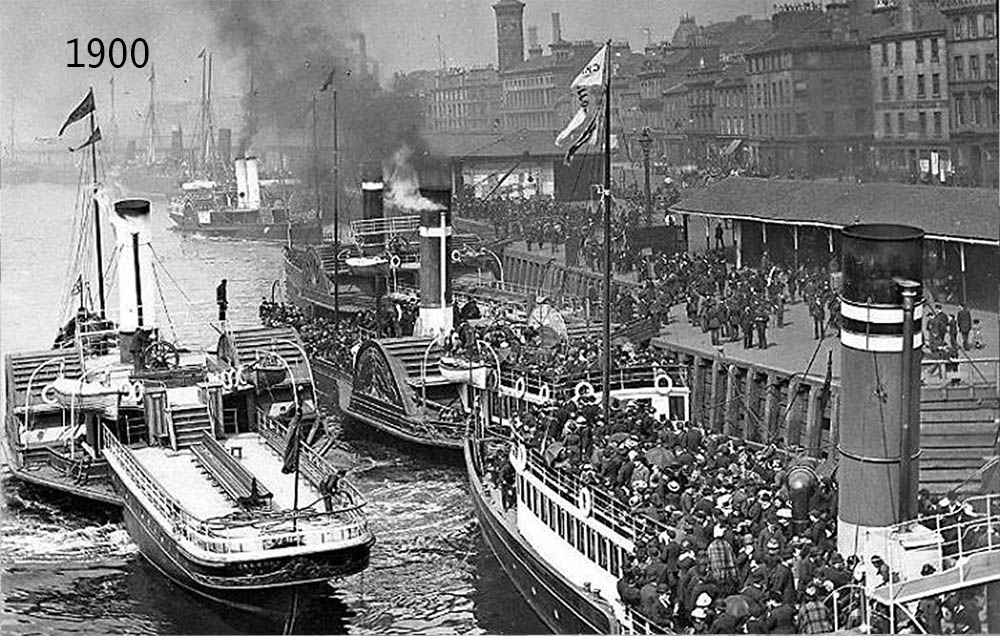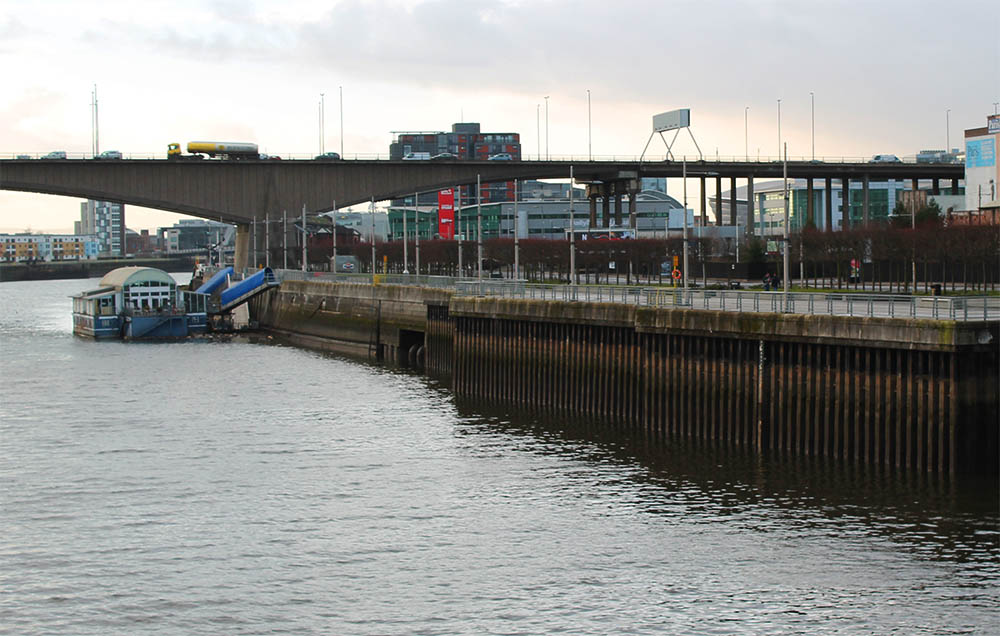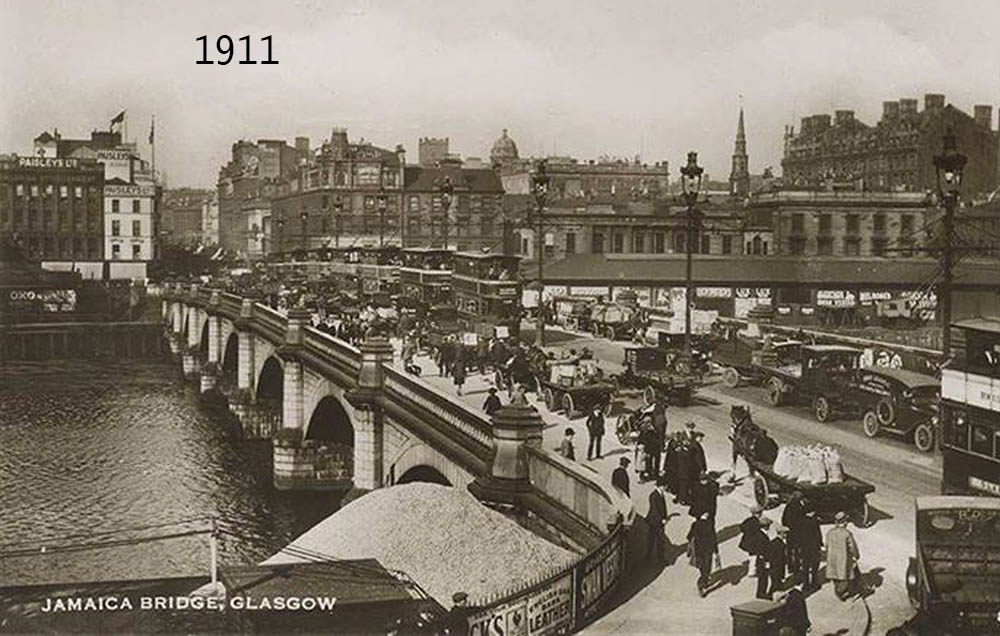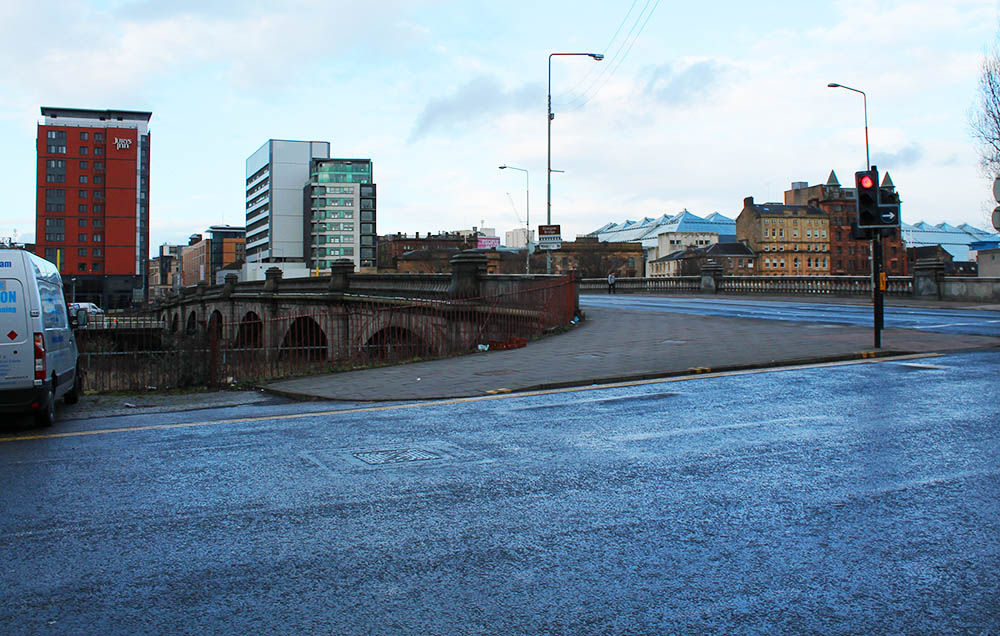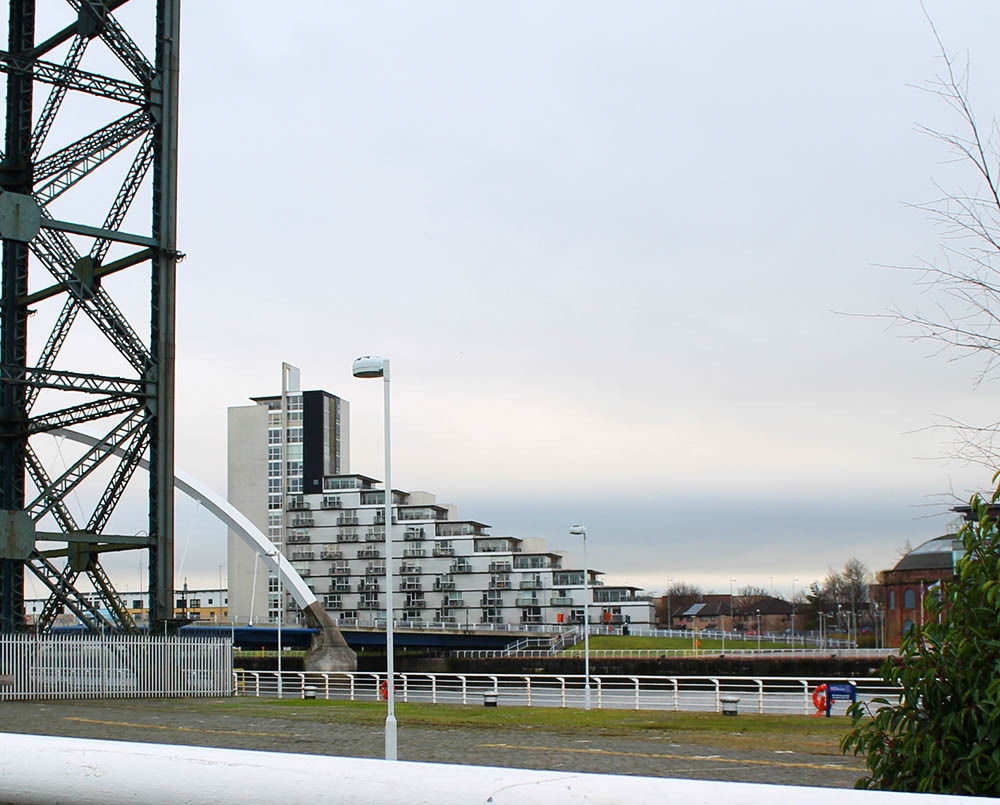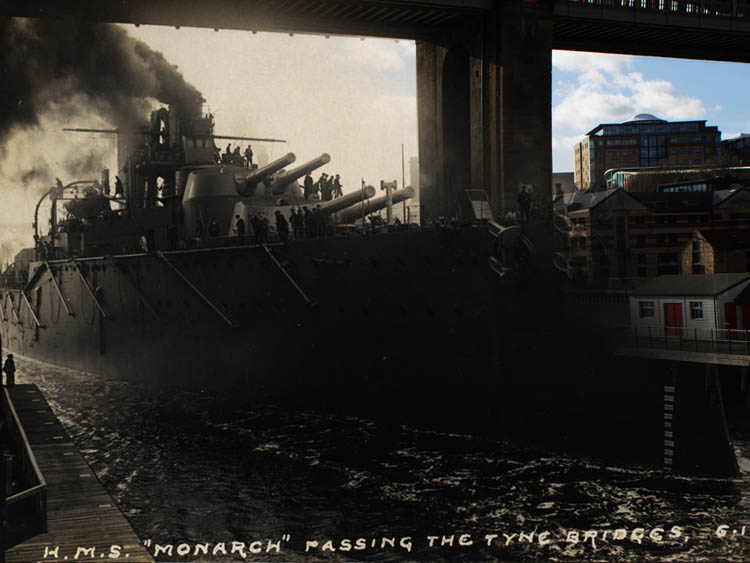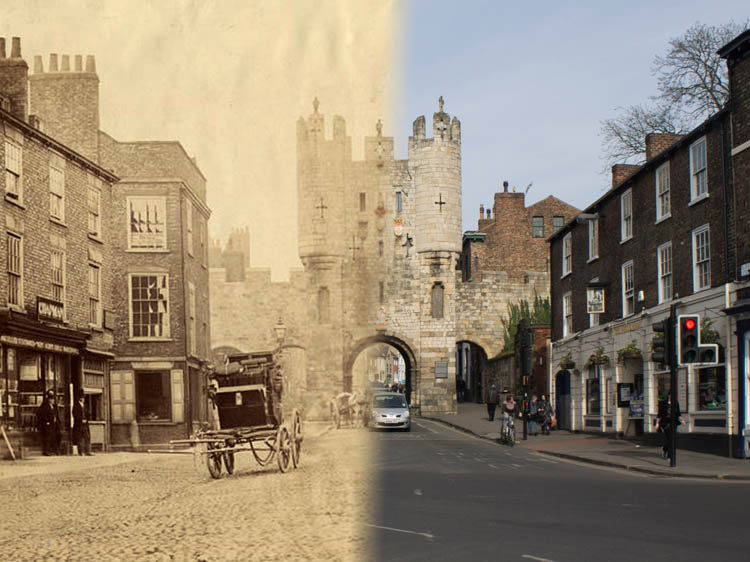Partner City
Glasgow
Second City of the Empire
While Glasgow's history extends back millennia, the city truly rose to prominence when it became one of the focal points of Britain's industrial revolution. The close proximity of abundant iron and coal deposits in Lanarkshire, as well as the mighty Clyde, propelled the rise of world-leading ironworking and shipbuilding industries. Clydebuilt became an international benchmark for engineering qualilty and durability. Glasgow-forged ships and locomotives knitted together the disparate parts of Britain's global empire. Glasgow's meteoric rise catapulted it into the ranks of the largest and richest cities in the world. The city's focus of gravity shifted west from its medieval center around Trongate towards the ritzy and cosmopolitan Buchanan Street. Wealthy merchants and industrialists commissioned fantastic pieces of Victorian architecture, such as the City Chambers and Stock Exchange, while the Victorian Necropolis showcased the extravagant wealth of many of the city's leading citizens. The 20th Century was a roller coaster ride for Glasgow. Huge wartime contracts bouyed the city's industry while economic depression and German bombing wreaked havoc upon it. After the Second World War the city's fortunes declined precipitately and competition from cheap labour overseas put most of Glasgow's industry out of business. This city became the original rust belt. Deindustrialization sucked much of the soul out of Glasgow: once proud buildings lay abandoned, once prosperous communities decayed. But since the 1980s there has been a resurgence. Finance, IT and service industry jobs have returned and new modern buildings and bridges have bounded the Clyde. The city is now a centre of culture, learning and technology. Just now the future of Glasgow looks bright; the potential of her industrious and ingenious inhabitants promising. Glasgow also holds a special place in my heart as it was the city my mother was born in before she and her young family emigrated to Canada in the 1950s. I was lucky enough to have a chance to visit in February 2015 when I took these photographs. The Then photographs are reproduced courtesy of the Mitchell Library's online collection, and a couple are from the excellent Lost Glasgow Facebook page.
Explore
Glasgow
Then and Now Photos
St. Enoch's Square
1914
Saint Enoch's Square. Caffe Nero has moved into the old subway station, while the church to the right has vanished. When Glasgow's subway opened in 1896 it was only the third such system in the world, its only predecessors being London and Budapest. Instead of using steam engines like London's underground, or electric trams like Budapest's, Glasgow opted for a cable system that pulled trains down the tracks.
Wagon Full of People
1895
Another shot in Saint Enoch's Square of men piling into a four-horse carriage for an afternoon outing. You can see in the previous photo of the Subway station the same shop fronts in the background, giving us the location of this photo.
Building Glasgow Central Station
1877
Construction under way on the foundations of Glasgow Central Station. Today the station overhangs a number of streets in the heart of Glasgow.
Central Police Office
1931
Policemen pose with their vehicles outside the Central Police Office on Turnbull Street. Today the building is derelict. Worker unrest at the height of the Great Depression led to riots and accusations of police brutality. This photo, the caption from Lost Glasgow speculates, may have been created as part of a public relations campaign.
Tanks at the Cattle Market
1919
Medium Mark C Tanks at the Cattle Market in Gallowgate. I was very pleased to find the building still stands, though it is derelict. In 1919 workers began striking for a 40 hour work week. Spooked by the Bolshevik Revolution in Russia and fearing spread of the communist contagion, the government ruthlessly quashed the strike. The tanks here were photographed just before they were unleashed on the workers of Glasgow.
McLennan Arch
1902
The McLennan Arch on the Glasgow Green was originally built in 1796. It has since been relocated several times until arriving at it's current location at the park's west end.
Bridgeton Cross
1890
Bridgeton Cross on the east side of Glasgow. Almost none of the buildings have changed.
Royal Exchange Square
1885
In addition to the cone on Lord Wellington's head, a lot has changed in this picture of Royal Exchange Square, not necessarily for the better.
Glasgow Necropolis
1880
The Glasgow Necropolis, the most famous 19th Century cemetery in Europe.
Tolbooth Steeple at Trongate
1911
Tolbooth Steeple at Trongate. Constructed in the 1620s, this is one of Glasgow's oldest buildings. The building connected to the steeple was used as the city chambers until the 19th Century. It was finally demolished in 1921. It was also the site of public hangings.
Circus Parade
1955
An exotic rider passes through Glasgow Cross as part of a parade to promote the arrival of the Chipperfield Circus.
Circus Parade (2)
1955
More riders passing by during the Chipperfield's Circus parade. The children are delighted.
Bridgegate
1820
An early shot of Bridgegate. Most of the buildings here were demolished over a century ago and the area extensively redeveloped as a transportation corridor.
Great Fire of 1909
1909
The Great Fire of 1909 that ripped through warehouses on Ingram Street. Firemen battling the blaze were almost crushed by the building's facade that collapsed into the road, as you can see here. Notice their headgear. Today only the building on the far left survives.
Glasgow Central Fire Station
1921
Ironically enough the great fire of 1909 took place directly across the street from Glasgow Central Fire Station, pictured here. You can see the firemen posed on the running boards of their firetrucks, a hazardous and hair-raising way to ride to an emergency.
Busy Union Street
1920
You can almost hear the commotion in this photo of a bustling Union Street.
Queen Street
1898
Looking north up Queen Street, this picture makes it plain just how much fashions have changed since the Victorian Era. The roof of Queen Street Station can be seen in the distance, but few other buildings remain from that time.
Glasgow Cenotaph
1925
A small crowd stands around the Cenotaph commemorating the sacrifice of the 200,000 Glaswegians who served in the Great War. Behind are the City Chambers which contain the world's longest marble staircase, larger than the Vatican's.
Buchanan Street
1880
The view down Buchanan Street, Glasgow's popular shopping street. The church spire dominates the skyline less than it once did.
Christian Institute
1909
This enormous building on Bothwell Street once housed the Victorian Gothic Christian Institute. In the 1970s the institute sold the building to developers who demolished it and put up the rather handsome modern office block we see today.
Bostock Indoor Zoo
1898
The Bostock Indoor Zoo in Cowcaddens once occupied the space to the left, now a large Chinese restaurant and pool hall. On the right is the Normal School.
Sir William Pearce Statue
1904
The statue of Sir William Pearce in Govan, renowned for forging Fairfields Shipyards' global reputation for excellence and setting up the philanthropic Pearce Institute for his workers. On the right is the old Lyceum Theatre.
Ferry on the Clyde
1922
The little Clyde ferry motors across the river. The SCWS Building can be seen on the background, which is partially obscured today by the Kingston Bridge which was completed in 1970.
Busy Broomielaw
1900
This was the best angle I could get for this shot. Crowds throng the Broomielaw to board paddle steamers bound "doon the watter" to resorts like Largs, Dunoon and Rothesay. Today the Clyde is quite tranquil in comparison.
Traffic on Glasgow Bridge
1911
Traffic on Glasgow Bridge in the 1910s. During the city's industrial heyday traffic congestion would clog both sides of all the bridges over the Clyde.
Finnieston Crane
1955
The giant Finnieston Crane loads a locomotive onto a ship. Thanks to the commenters I have now discovered I had the wrong position. The original photo was taken from the deck of a ship looking in the opposite direction. Though retired, this one surviving crane remains as a symbol of Glasgow's mighty industrial past. One of the last such cantilever cranes in the world, it was built in the 1920s and loaded locomotives onto ships dispatched to every corner of the empire—and the world. By the end of the Second World War Glasgow's locomotive works were the largest in the world.




